Photorealism Explained: How Artists Turn Paint Into Reality
Author:
GeorgeUpdated:
08.02.2025


- Key Takeaways
- What is Photorealism?
- 1.4 Key Characteristics of Photorealism
- 2.The Origins of Photorealism
- 1.
- 3 Techniques Used in Photorealistic Art
- 5 Famous Photorealistic Artworks
- 3.1. Richard Estes – Telephone Booths (1967)
- 4.2. Chuck Close – Big Self-Portrait (1968)
- 5.3. Audrey Flack – Marilyn (Vanitas) (1977)
- 6.4. Ralph Goings – McDonald’s Pickup (1970)
- 7.5. Robert Bechtle – ’61 Pontiac (1968–69)
- 3.
- Photorealism in Modern Times
Have you ever looked at a painting and thought it was a photograph? Every tiny detail is captured perfectly—no visible brushstrokes, just pure realism that makes you question if it was really created by hand. This is the power of photorealism, an art style that pushes the limits of what paint and pencil can achieve.
As artist Chuck Close once said,
"The camera doesn't lie, but the painting does."
Unlike a photograph, a photorealistic painting isn’t just a direct copy of reality—it’s a carefully crafted illusion, where every highlight, shadow, and texture is placed with purpose. It’s not just about accuracy; it’s about control, with artists shaping reality in ways a camera never could.
Mastering photorealism takes extreme patience, skill, and a deep understanding of how we see the world. Let’s uncover the techniques, history, and artists behind this incredible art form, where every stroke and shadow work together to blur the line between art and reality.
Key Takeaways
Photorealism is an art style that makes paintings look like real photographs.
Artists use photographs as references to capture every tiny detail.
Layering and blending techniques help create smooth textures and realistic lighting.
Famous photorealists like Richard Estes and Chuck Close mastered this detailed style.
Modern photorealism includes digital painting, CGI, and 3D modeling.
This art form continues to evolve, pushing the limits of precision and realism.
What is Photorealism?
Photorealism is a style of art where paintings or drawings are made to look exactly like high-quality photographs. Artists focus on capturing every tiny detail, from the texture of skin to the reflection of light on glass. They use precise techniques to remove any visible brushstrokes or pencil marks. The goal is to create an image so lifelike that viewers might mistake it for a real photo.

4 Key Characteristics of Photorealism
Photorealistic art is based on careful observation and extreme attention to detail. Artists often use photographs as references and apply multiple layers of paint or pencil strokes to achieve smooth blending and realistic textures. Down below are 4 key characteristics of Photorealism.
They have a high level of detail – every texture, shadow, and highlight is carefully recreated to achieve an almost identical representation of the subject.
Realistic paintings have smooth, blended surfaces with no visible brushstrokes or pencil lines, creating a flawless, polished look.
Accurate lighting and perspective make objects appear three-dimensional by capturing how light interacts with different surfaces.
Artists use a photo-based approach, relying entirely on photographs rather than painting from direct observation.
Realism captures everyday life with accuracy but allows for visible brushstrokes and artistic interpretation. Photorealism removes artistic interpretation. It makes paintings look identical to photographs with no trace of the artist’s hand. Hyperrealism goes even further, enhancing textures and emotions to make subjects appear even more real than a photograph.
The Origins of Photorealism
Photorealism emerged in the late 1960s and early 1970s in the United States as a reaction to abstract and conceptual art. Instead of creating expressive or non-representational pieces, photorealists aimed to bring back technical precision and capture reality with absolute accuracy.
The movement was heavily influenced by Pop Art and the rise of photography as an artistic tool. Artists like Richard Estes, Chuck Close, and Audrey Flack used cameras to capture everyday scenes. This included capturing urban landscapes, portraits, and still life. These were then transformed into hyper-detailed paintings.
Photorealism challenged traditional painting by proving that art could be just as precise as a camera, while still offering the artist control over composition, lighting, and detail. Today, the style continues to evolve with digital tools, which makes it a lasting and respected art form.
3 Techniques Used in Photorealistic Art
Creating photorealistic art is a meticulous process—every highlight, shadow, and texture must be carefully controlled to mimic reality with precision. Artists use a variety of techniques to achieve a seamless, photographic effect.
1. Using Photographs as References
Unlike traditional realism, photorealistic artists rely on high-quality photographs as the foundation of their work. These images help capture precise details, reflections, and lighting conditions that might be difficult to observe in real life. Artists often project or grid the photo onto the canvas to ensure accuracy in proportions and composition.
2. Layering and Blending Techniques for Extreme Detail
Photorealists build their paintings or drawings in multiple thin layers to create depth and smooth transitions between colors. This technique eliminates visible brushstrokes and allows for intricate textures like skin, hair, or metal surfaces. Airbrushing, fine brushwork, and soft shading techniques help blend colors seamlessly. This makes the artwork look like a printed photograph.
3. Common Tools and Materials
To achieve a flawless, photo-like finish, photorealistic artists rely on specialized tools that help them capture fine details, smooth textures, and realistic lighting. These materials allow for precise blending, sharp lines, and an overall polished look that mimics high-resolution photography. Down below is the table summarizing the common tools and materials used in photorealism.
Tool/Material | Purpose |
Airbrushes and Fine-Tipped Brushes | Create smooth gradients and sharp details without visible brushstrokes. |
Graphite and Colored Pencils | Produce ultra-fine lines and precise shading for intricate textures. |
Oil and Acrylic Paints | Allow for rich colors, smooth blending, and depth in the artwork. |
Smooth Surfaces (Gessoed Boards, Fine Canvas) | Prevent texture interference for a polished, photographic finish. |
Magnifying Glasses and Precision Erasers | Help refine small details and correct imperfections with extreme accuracy. |
Photorealistic artists can create works so detailed and precise that they are often mistaken for actual photographs by mastering these techniques.
5 Famous Photorealistic Artworks
Photorealism has produced some of the most breathtaking and technically impressive artworks in modern history. These styles of paintings do more than just copy photographs—they capture light, reflections, and textures with extreme accuracy while also adding artistic depth. Below are some of the most well-known photorealistic artworks and what makes them so remarkable.
1. Richard Estes – Telephone Booths (1967)
Richard Estes is known for his ability to paint city scenes with incredible detail, and Telephone Booths is a perfect example. In this painting, he carefully recreated the reflections in the glass windows of phone booths. It captures the way light bounces off metal and glass.

Every tiny detail, from the smudges on the windows to the reflections of people passing by, makes the image feel incredibly lifelike. His precise composition and use of perspective create a sense of depth, which makes viewers feel as if they could step right into the scene.
2. Chuck Close – Big Self-Portrait (1968)
Chuck Close’s Big Self-Portrait is a massive black-and-white painting that looks almost identical to a photograph. Using a grid system, he broke the image down into tiny sections, carefully painting each one with extreme precision. Unlike traditional portrait artists, Close didn’t try to smooth out imperfections—he painted every pore, wrinkle, and shadow exactly as they appeared.

This technique not only demonstrated his incredible skill but also changed the way people viewed photo realistic portraiture. His work proved that a painting could be just as detailed, if not more, than a photograph.
3. Audrey Flack – Marilyn (Vanitas) (1977)
Audrey Flack took photorealism in a different direction by combining it with symbolism. Marilyn (Vanitas) is a still-life painting that features various objects. This oil painting includes a photo of Marilyn Monroe, makeup, jewelry, candles, and a stopwatch. While the painting is hyper-detailed and looks exactly like a photograph, it also carries a deeper meaning about beauty, fame, and the passage of time.

The objects are carefully arranged to remind viewers that everything, even fame and glamour, is temporary. Flack’s ability to mix extreme realism with emotion and storytelling set her apart from other photorealist artists.
4. Ralph Goings – McDonald’s Pickup (1970)
Ralph Goings focused on everyday American life, painting scenes that many people might overlook. In McDonald’s Pickup, he depicted a man sitting in his car at a McDonald’s drive-thru, waiting for his order. The painting captures every detail, from the shine of the car’s surface to the textures of the food wrappers and signs.

Goings elevated simple, everyday scenes into something worth admiring. He turned such an ordinary moment into a highly detailed work of art. His work showed that photorealism wasn’t just about skill—it was about finding beauty in the ordinary.
5. Robert Bechtle – ’61 Pontiac (1968–69)
Robert Bechtle’s ’61 Pontiac is a striking example of suburban American life captured in photorealism. The painting features a parked car in front of a modest house, with soft lighting that creates a quiet, nostalgic mood. Every detail, from the reflections on the car’s surface to the shadows on the pavement, is painted with extreme accuracy.

Bechtle’s work often focused on suburban landscapes and everyday moments. That makes them feel both familiar and timeless. His ability to capture the quiet beauty of ordinary life is what makes his work so memorable.
Each of these artists contributed something unique to photorealism, proving that this style is more than just copying photographs—it’s about capturing the world in a way that makes people stop and look more closely.
Photorealism in Modern Times
Photorealism has evolved beyond traditional art, thanks to advancements in digital tools and technology. Artists now use software like Photoshop, Procreate, and Corel Painter to create highly detailed digital paintings, allowing for greater precision and control. The rise of digital photorealism has also impacted industries like advertising and concept art, where lifelike visuals are in high demand.
Beyond 2D art, photorealism has expanded into CGI and 3D modeling, transforming movies, video games, and virtual reality. Software like Blender and Unreal Engine allows creators to design hyper-realistic characters and environments that are nearly indistinguishable from real life. As technology continues to improve, photorealism remains a powerful artistic approach. It blends traditional techniques with cutting-edge innovation.
Conclusion
Photorealism has changed the way people view and create art. It proves that paintings and drawings can capture reality with astonishing precision. From its beginnings in the late 1960s to its influence on modern digital art and CGI, this movement has pushed artists to master detail, light, and texture in ways that were once unimaginable.
Today, photorealism remains just as relevant. It evolves with new tools and techniques while continuing to inspire artists across different mediums. Whether through traditional painting, digital drawing, or 3D modeling, the goal remains the same—to create images so lifelike they challenge our perception of what is real.
As artist Duane Hanson once said,
"I'm interested in the way light plays on surfaces, the subtle nuances of color and texture."
This deep understanding of detail is what keeps photorealism alive, ensuring that it will continue to captivate and influence the art world for years to come.
Frequently Asked Questions
What is the difference between hyperrealism and photorealism?
Photorealism is a painting that makes artwork look exactly like a photograph, with every detail carefully copied. Hyperrealism takes this even further, adding more emotion, texture, and tiny details that might not even be visible in a real photo. While photorealism focuses on perfect accuracy, hyperrealism makes things look even more "real" than reality itself.
What is the technique of photorealism?
Photorealistic artists use photographs as a guide to create highly detailed paintings or drawings. They carefully study light, shadows, and reflections to make their work look just like a photo. Artists often use small brushes, airbrushing, and layering techniques to blend colors smoothly. The goal is to remove visible brushstrokes and make the image as lifelike as possible.
What are the elements of photorealism?
Photorealism includes high detail, accurate lighting, smooth blending without visible brushstrokes, and the use of photo references to create lifelike images.
What is 3D photorealism?
3D photorealism is when artists use computers to create images that look real, just like a high-quality photograph. Instead of using paint or pencils, they use software to design objects, textures, and lighting that make the image look lifelike. This is used in movies, video games, and special effects to make digital objects appear real.
Who is the best photorealistic painter?
There are many great photorealistic painters, but Richard Estes is one of the most famous. He is known for painting cityscapes with incredible detail, especially reflections on glass and metal surfaces. Other famous artists include Chuck Close, who painted giant, realistic portraits, and Audrey Flack, who added bright colors and symbolism to her photorealistic paintings.
George, CEO of Photo2painting, is a passionate art lover and entrepreneur. He founded Photo2painting.com from scratch, inspired by his artist friends. As the company's CMO, he manages content and marketing.
Excellent Customer Reviews















































































































































